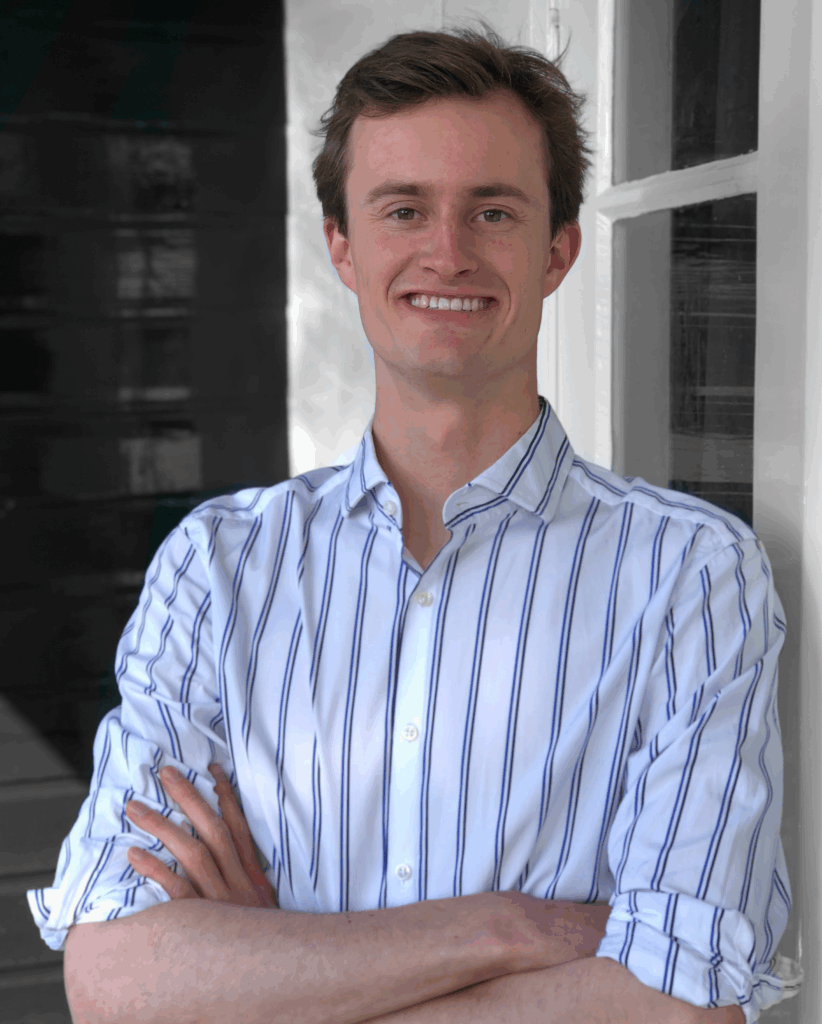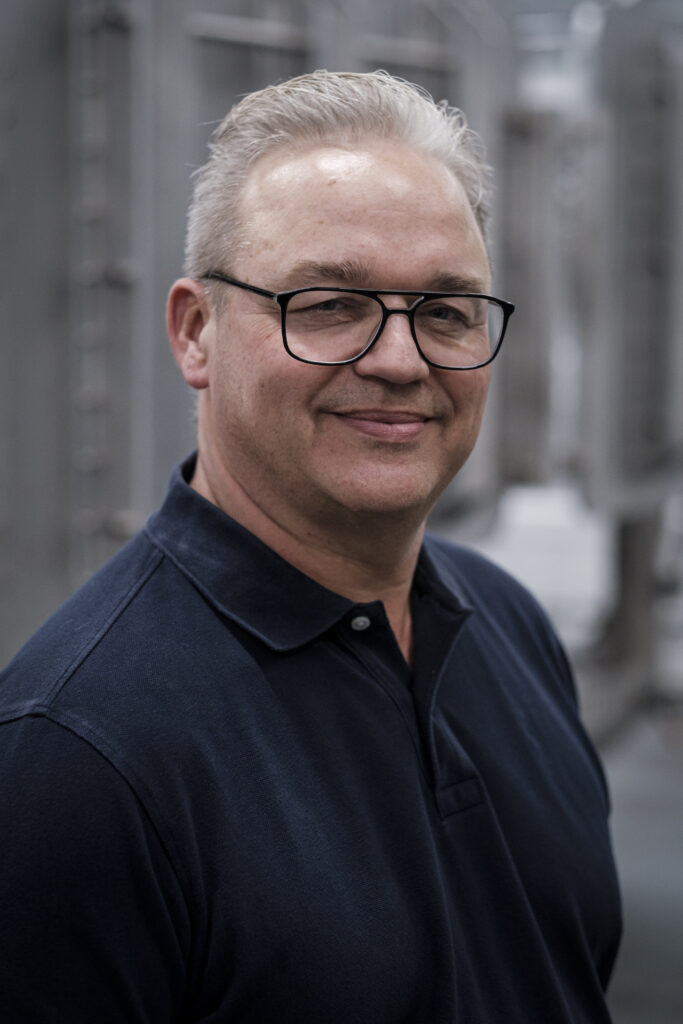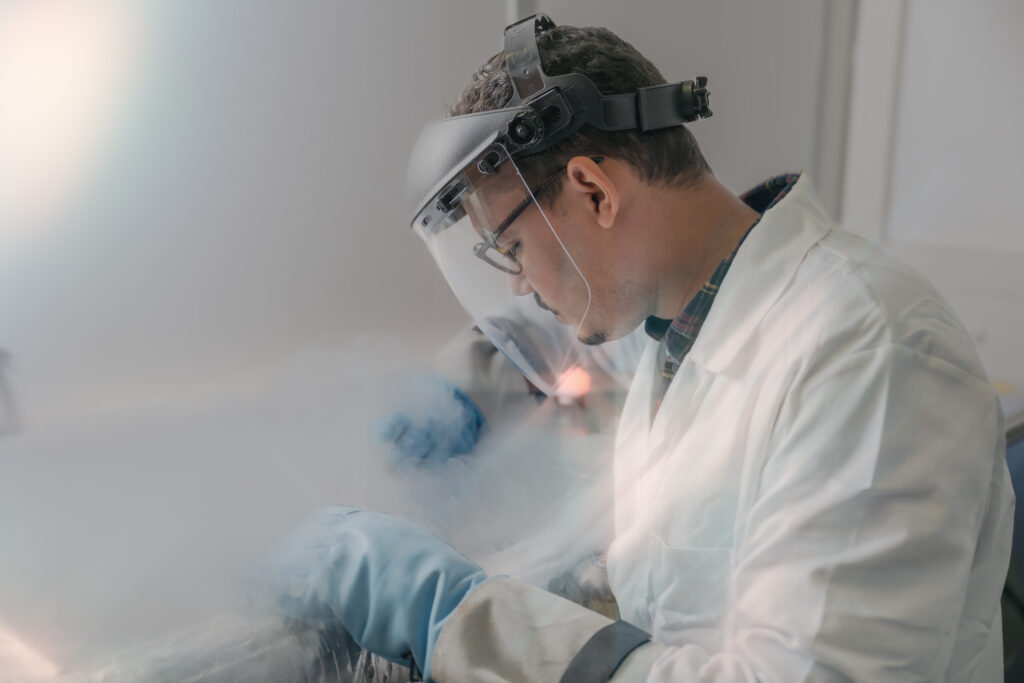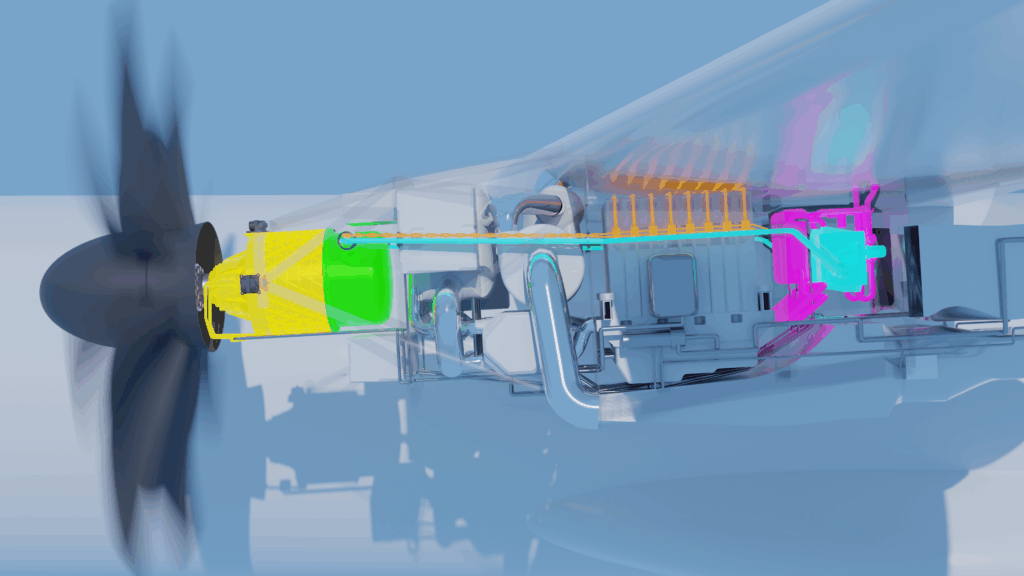Wieringerwerf-based Cryoworld is one of the partners in the ICEFlight research project, which focuses on the development of hydrogen-powered aviation. The company plays a key role in ensuring the efficient functioning of the electrical systems on board hydrogen-electric aircraft. "We use our technology to transport electricity as efficiently as possible, with less resistance and less cable mass."
ICEFlight (Innovative Cryogenic Electric Flight) is a research project led by Airbus, carried out within the public-private program "Aviation in Transition" and co-funded by the National Growth Fund. The consortium consists of Dutch companies and knowledge institutions, including Airbus Netherlands, the Royal Netherlands Aerospace Centre (NLR), Delft University of Technology, and the University of Twente. Two companies from North Holland North are also involved: Futura Composites and Cryoworld, who operate under the auspices of GKN Aerospace.

According to Jan-Willem van Zwieten, project manager at Airbus Netherlands, superconductivity can be a key factor in making hydrogen-powered aircraft competitive. “Airbus is pursuing a multifaceted approach to reducing CO₂ emissions. We are exploring various technologies, including hydrogen, through our ZEROe projectIn 2025, we selected hydrogen fuel cell technology as the most promising, after years of research.”
One of the biggest challenges is efficiently storing hydrogen in the aircraft. "Hydrogen is an interesting fuel; it contains three times as much energy as kerosene. But its volume is four times greater in cryogenic liquid form," explains Van Zwieten. He's referring to the extremely low temperatures required to keep hydrogen liquid. "Because this cryogenic state must be maintained during flight, storage in the wings—as with kerosene—is not possible."
Within ICEFlight, the starting point is an aircraft with a fuel cell. This converts hydrogen and oxygen from the air into electricity. Superconducting, or hyperconducting, technology will then transport this electricity as efficiently as possible to the electric motors. "We're going to use our technology to transport electricity from A to B as efficiently as possible," says Gerhard Knol of Cryoworld. "With less resistance and less cable mass."
Cryoworld is a global leader in cryogenic technology, but its application in aviation is complex. "We need to create something that continues to function under high pressure and vibrations in the air," says Knol.
Cryogenic technology operates at temperatures around 20 Kelvin, or -253 degrees Celsius. With superconductivity, electrical resistance disappears completely, resulting in no energy loss. Hyperconductivity – also being studied within ICEFlight – still encounters some resistance, but functions at higher temperatures. While hyperconductivity presents fewer technical challenges, its efficiency is lower.


It's no coincidence that Airbus is conducting this research project in the Netherlands. "We looked at and compared globally," says Van Zwieten. "The Netherlands emerged strongly because of its expertise in cryogenic technology." According to Knol, this was previously a niche market. "Cryogenic technology was applied in Big Science, such as particle accelerators. We are therefore incredibly pleased and proud that we can now contribute our expertise to making aviation more sustainable. It aligns seamlessly with our vision of working towards a more sustainable world."
ICEFlight is intended to accelerate the development of cryogenic technologies. Van Zwieten: "The goal is to develop components and systems necessary for hydrogen aircraft. Larger-scale testing is essential for this – something made possible by the facilities and expertise of the Royal Netherlands Aerospace Centre (NLR)."
The project launched at the end of March and will last several years. According to Van Zwieten and Knol, when hydrogen truly becomes a competitive fuel in aviation depends on several factors. "The current generation of kerosene aircraft is the result of a century of technological optimization. It will take time to get new technologies up to the same level. Moreover, sustainably produced hydrogen must be price-competitive with other fuels. So, there are still plenty of challenges ahead."
